The handprint, which is believed to be around 4,500 years old, was found by experts at the base of a “spirit house” – a clay model often placed in tombs to house the souls of the dead in Egypt. Photo: The Fitzwilliam Museum, University of Cambridge.
According to the University of Cambridge (UK), these models, often found in tombs, also contain other artifacts such as bread, lettuce and a cow's head. Photo: The Fitzwilliam Museum, University of Cambridge.
The “Soul House” dates from between 2055BC and 1650BC and was excavated at a site called Deir Rifa, located about 280km north of the city of Luxor in southern Egypt. Photo: Joe Giddens/PA.
Researchers at the Fitzwilliam Museum discovered the print while preparing for the upcoming Made in Ancient Egypt exhibition. They believe the person who created the model may have left the print while the clay was still damp, before it was fired. Photo: Joe Giddens/PA
Helen Strudwick, curator of exhibitions at the Fitzwilliam Museum and senior Egyptologist, said the discovery of handprints on the model of the “spirit house” was a rare and exciting discovery. Photo: Joe Giddens/PA.
"I have never seen such a clear and complete ancient Egyptian handprint," said Egyptologist Helen. Photo: cam.ac.uk.
Ancient Egyptian potters created “spirit houses” by building a frame out of wooden beams and then covering them with clay. When fired, the wood burned away, leaving a hollow clay structure inside. The handprint is located under the base. It was likely made when the potter lifted the model off the table. Photo: cam.ac.uk.
Researchers still have much to learn about the "spirit houses" located inside ancient Egyptian tombs. British Egyptologist Sir William Matthew Flinders Petrie (1853 - 1942) coined the term and believed that these houses were used to provide food for the dead in the afterlife . Photo: cam.ac.uk.
However, it is unclear whether they were designed to house the souls of the deceased or simply serve as symbolic sacrifices. Experts at the University of Cambridge note that "spirit houses" could have been used for both purposes. Photo: cam.ac.uk.
Source: https://khoahocdoisong.vn/phat-hien-dau-tay-4500-nam-tuoi-trong-mo-co-ai-cap-post2149043176.html


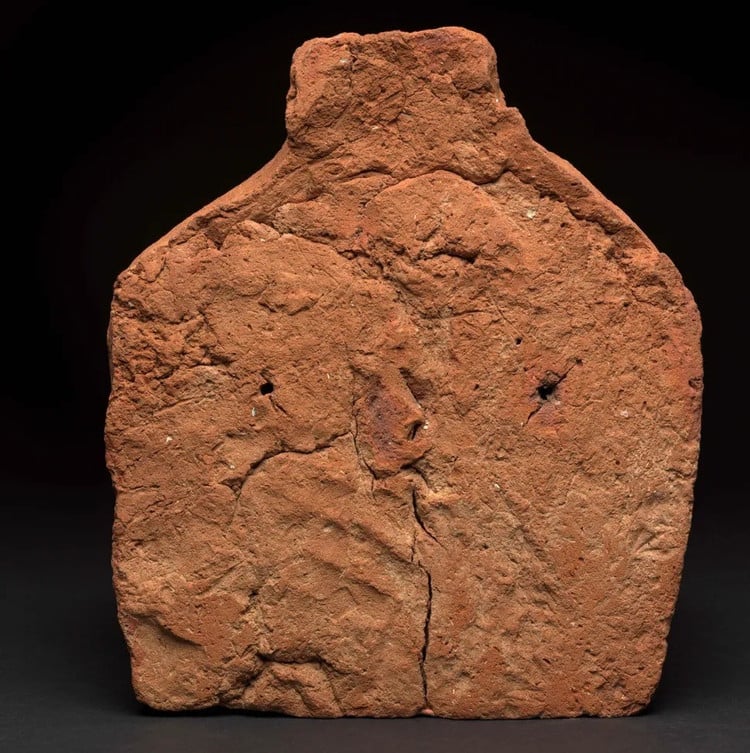
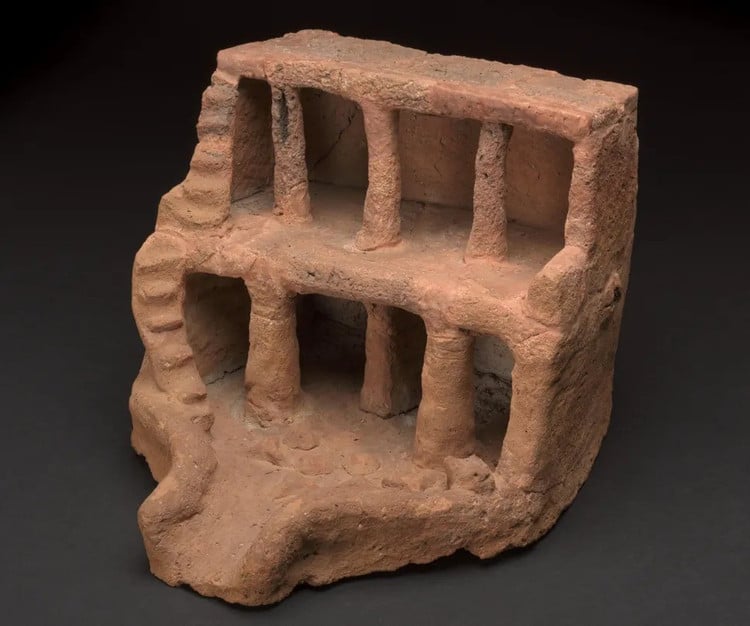
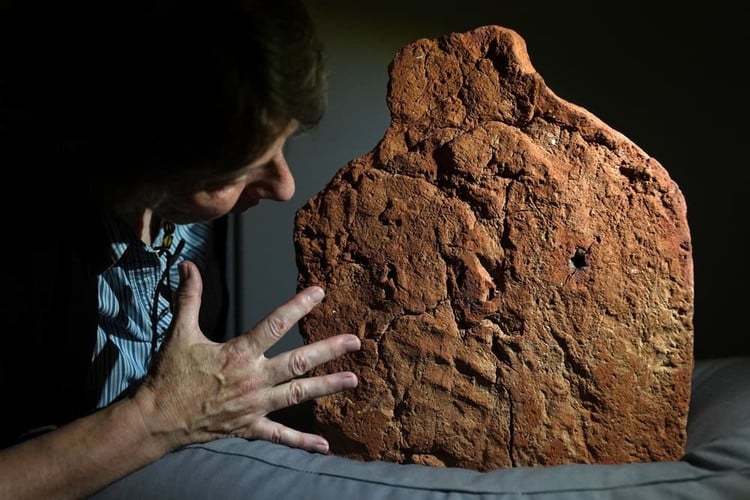
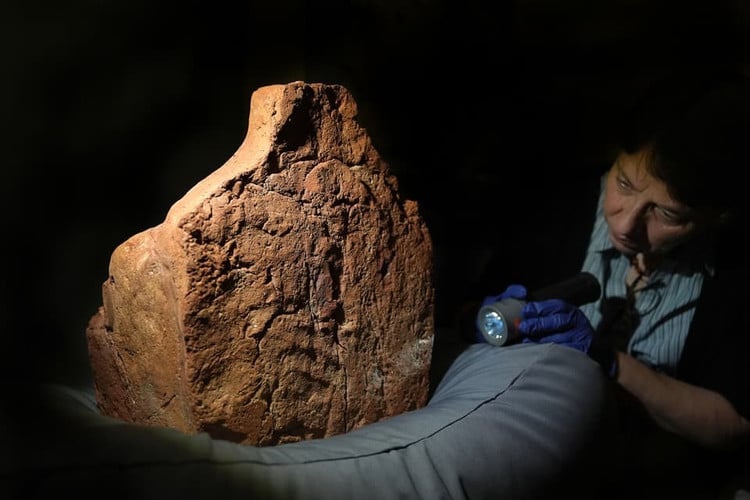

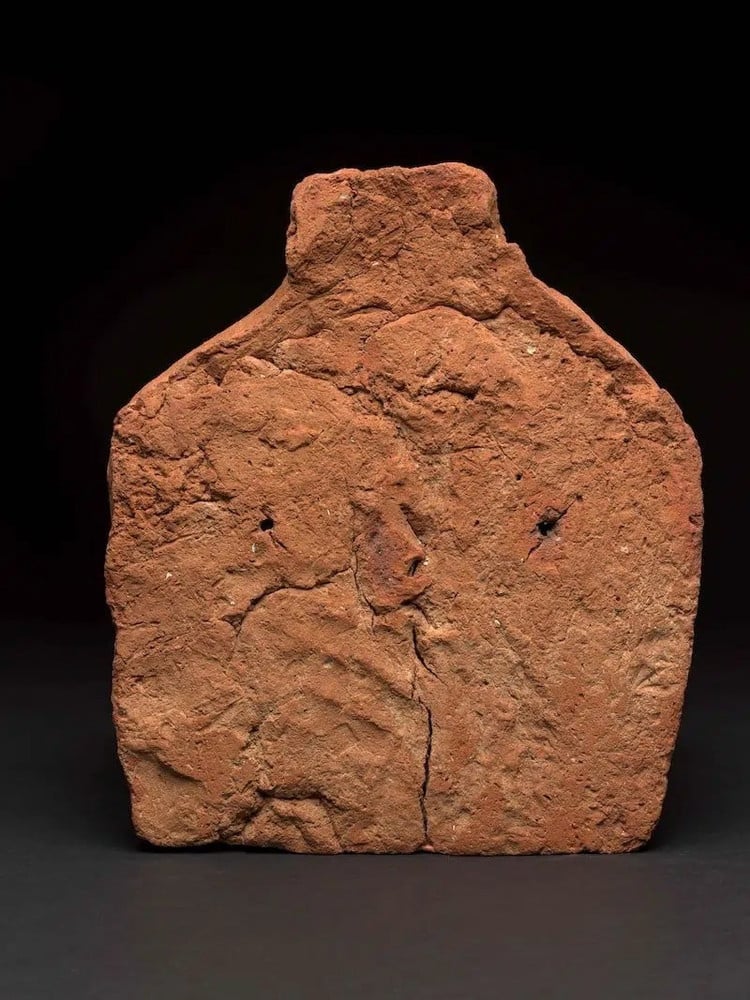
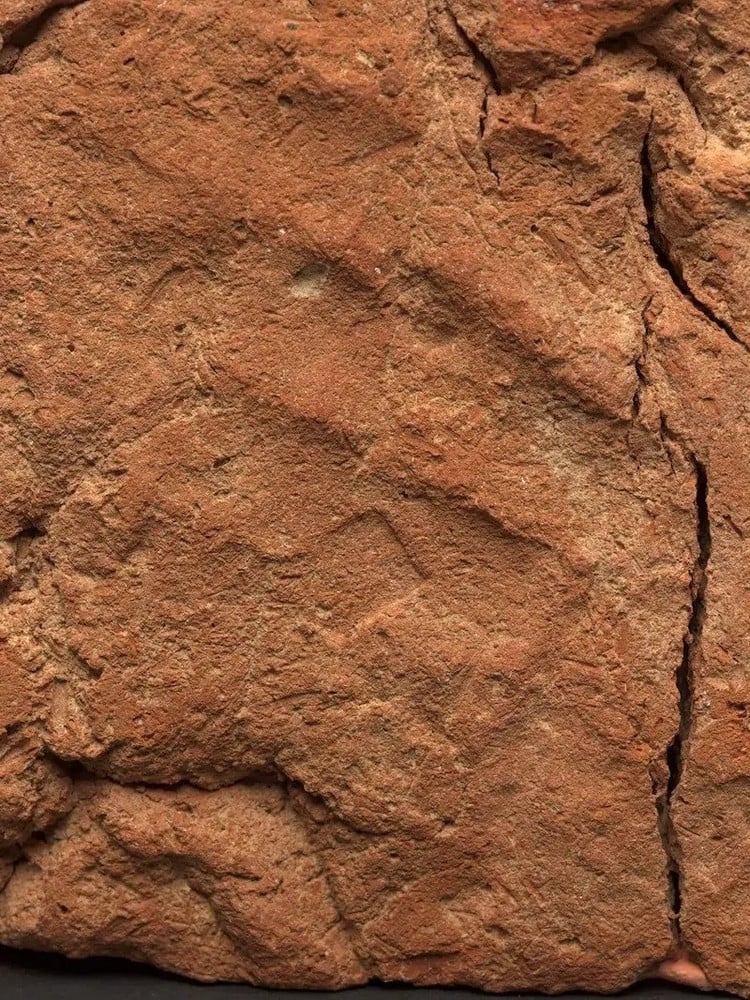
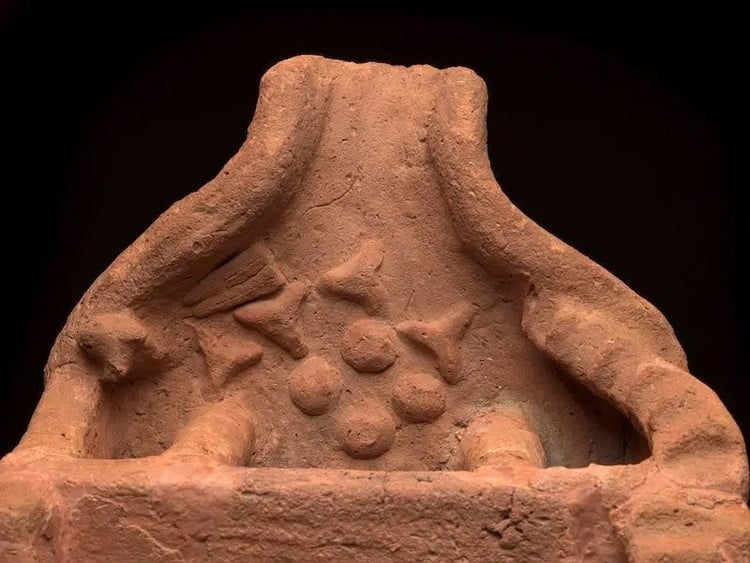
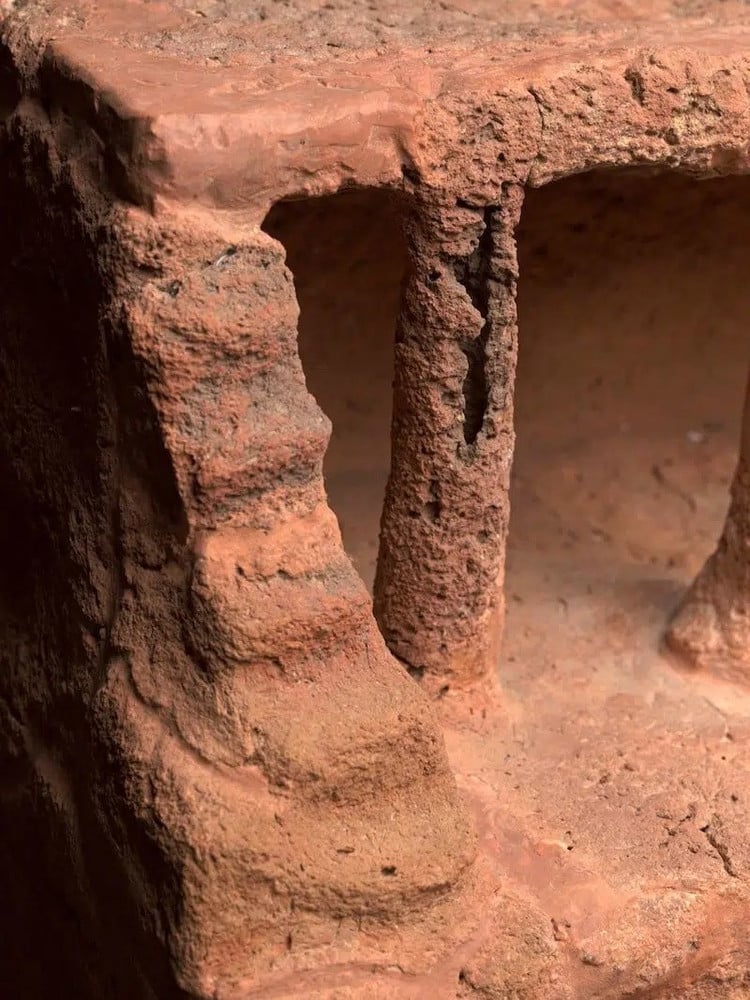



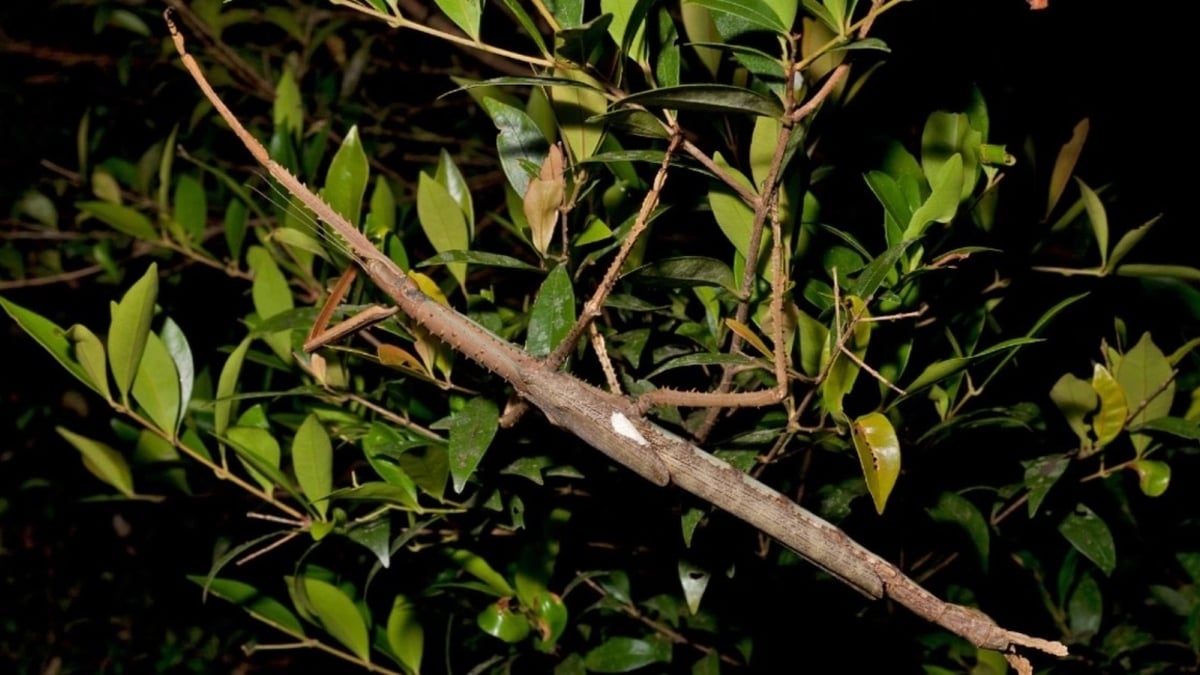
















![[Photo] Nghe An: Provincial Road 543D seriously eroded due to floods](https://vphoto.vietnam.vn/thumb/1200x675/vietnam/resource/IMAGE/2025/8/5/5759d3837c26428799f6d929fa274493)





















































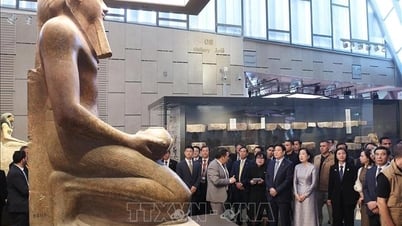



















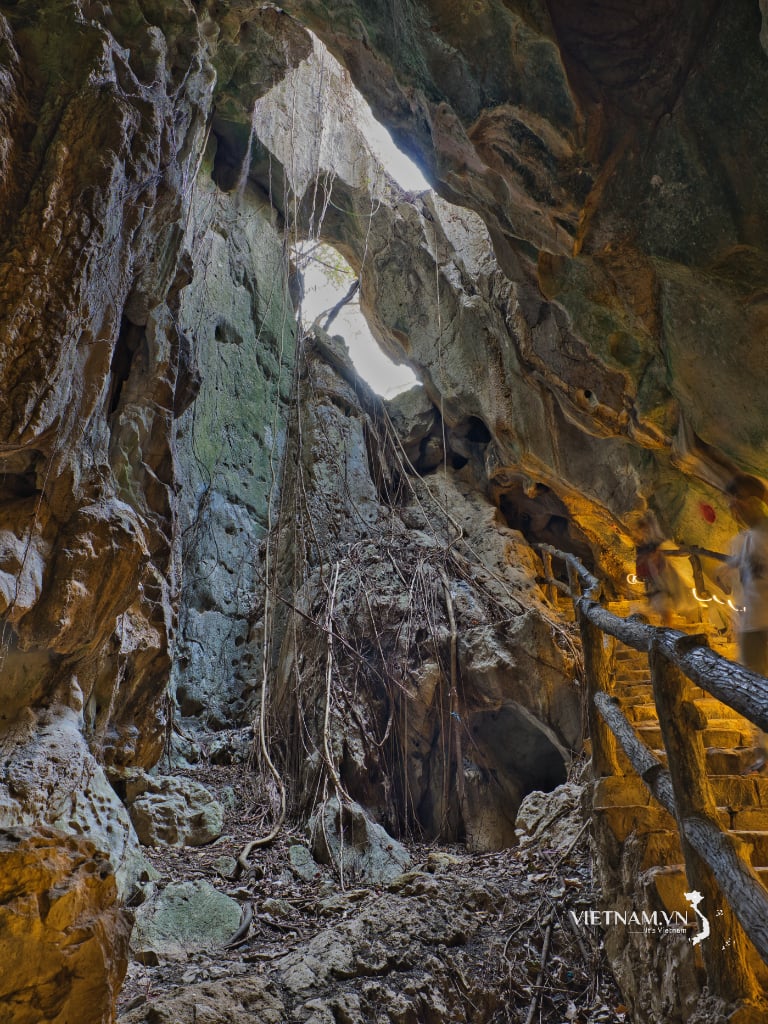


Comment (0)